We Filipinos experience only two seasons in particular times of the year. While summer is a good time to use your car for vacations; the rainy season, on the other hand, poses a threat to your beloved vehicle.
The most common problem that vehicle owners encounter during the rainy season is the development of rust due to excessive moisture. To protect your vehicle from possibly developing rust, you need to protect it no matter how strong or long rainy season may be.
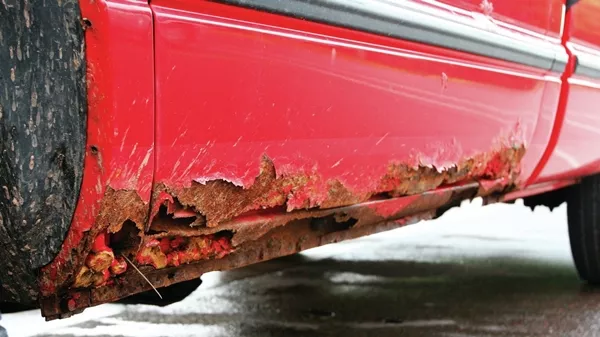
The most common problem that vehicle owners encounter during the rainy season is must
It may seem hard at first glance, and it will definitely require time and effort but trust us when we say it’s all worth it. For the best results, follow these suggestions from Philkotse.com and don’t be afraid to share these tips as well.
1. Park your car indoors
This is probably a no-brainer if you want to save your vehicle from all possibilities of getting rust. Make sure that you park your vehicle in a garage or at least a covered spot if you don’t have your own parking space.
Rain doesn’t only cause rust because of the moisture. One of the main reasons that rain causes metals rust is because of the presence of corrosive materials and elements in the event of acid rain. This is when instead of natural water sources; the sun also evaporates other harmful materials that fall back to the environment as corrosive rain.

Make sure that you park your vehicle in a garage or at least a covered spot
You can also put up a make-shift tent for your vehicle if the wind is not that strong. However, if the weather is unfavorable for a tent, you can take advantage of the government’s new law that permits vehicle owners to park elsewhere.
This mainly lets vehicle owners like you to park their rides in vacant lots, provided that you pay the lot owner for using it. All you have to do is look for the nearest vacant lot in your neighborhood with a roof and talk to the owner about parking your vehicle there for the rest of the rainy season.
>>> Check out: 6 reasons to park your car in a garage.
2. Spoil your car with wax
After cleaning your vehicle, apply a generous amount of wax on the exterior. Applying wax won’t only make your vehicle shiny and attractive, but this will also give your vehicle a thin layer of protection. This thin layer of wax acts as a barrier between your vehicle’s topcoat and the acid rain that can cause rust.
You can also apply wax on the rusty areas to prevent acid rain from making the damaged area bigger. However, you still need to address even the smallest rust spots on the exterior of your vehicle because this can eventually get bigger.
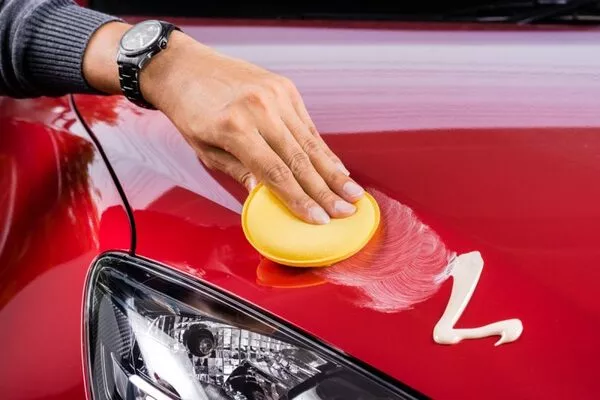
After cleaning your vehicle, apply a generous amount of wax on the exterior
3. Reward your vehicle with a car cover
If you don’t have your very own garage or a lot of space you can lease for your car; you can opt for other protective measures – like a waterproof rain cover. Car covers from reputable manufacturers are usually made of durable materials that are also waterproof and breathable.
Waterproof covers prevent rain and water from seeping into the fabric and reaching the vehicle exterior. Good quality car covers allow humid air to escape from under the cover, so your vehicle has a lesser chance of developing rust.
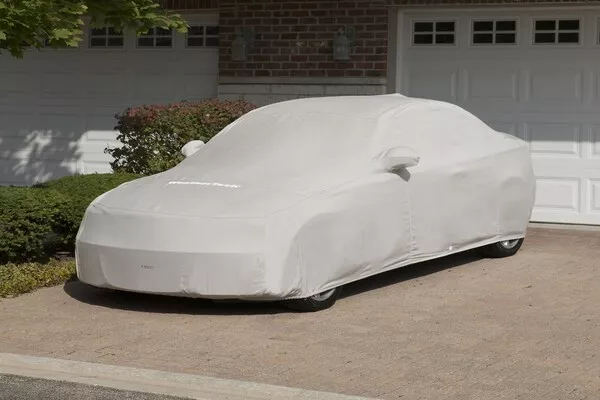
Waterproof covers prevent rain and water from seeping into the fabric and reaching the vehicle exterior
If you’re considering a waterproof car cover, opt for one that has a secure fastening system. This will make sure the car cover will stay in place and protect your vehicle from the rain no matter how strong the rain or wind is.
Some of the best waterproof car covers brands that you can choose from are OxGord Executive Waterproof Car Cover, Budge lite Car Cover, Kayme All Weather Car Cover, Pumpkin 5 Layer Locking Car Cover and Leader Accessories Super Soft Car Cover.
>>> Read more: Remove rust on cars all by yourself - A detailed instruction.
4. Inhibit drives when there is a downpour
One of the best (and obvious) ways to protect your vehicle from rust formation during the rainy season is avoiding contact with it. This means keeping your car under a roof of some kind and not driving it under the rain.
Although this may be hard not to do especially if you’ve already built a habit of using your vehicle regardless of the weather, you may need to sort out a plan to get from point A to B without getting your precious vehicle wet.
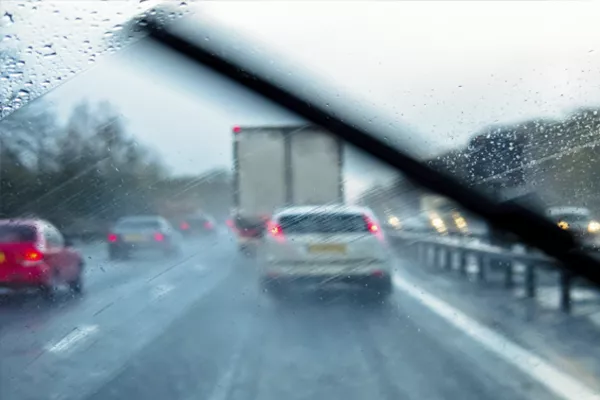
Waterproof covers prevent rain and water from seeping into the fabric and reaching the vehicle exterior
If it’s an emergency or it really can’t be helped, and you need to use the vehicle, make sure you give it a proper hose down after using. Acid rain can latch on to the surface of your vehicle’s interior and may even penetrate the topcoat.
If there are rust spots already, acid rain can make this worse. That’s why you should at least rinse your vehicle with clean tap water if you aren't able to wash it properly with soap.
>>> You might want to know: 6 things you should remember when parking in an open space.
5. Get your vehicle a dependable set of mudguards
Mudguards aren’t only there for aesthetic purposes. In fact, their purpose is not only to protect the vehicle from mud splashes flying off the road. Mudguards also play a protective role in keeping your brakes and wheels safe from unnecessary contact with water.
These mudguards (or also known as mud flaps) work by deflecting water sprayed by the wheels towards the wheels and brakes. Less contact with water means that your wheels and brakes are less likely to develop rust.
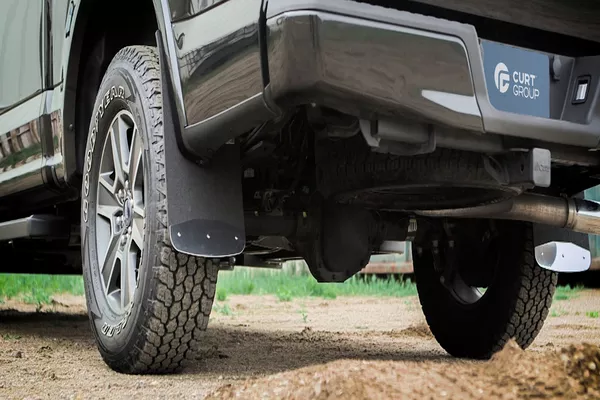
Mudguards also play a protective role in keeping your brakes and wheels safe from unnecessary contact with water
>>> Grasp your attention: A short guide for Filipino drivers to safely drive in the mud.
6. Plan your route
If you really need to use your vehicle for work or commuting is not an option for you, you can plan your routes ahead of your actual trip. Try to avoid streets and paths that are prone to flooding. This won’t only prevent your vehicle from developing rust, but you will also avoid getting into accidents caused by the limited visibility in the flooded streets.
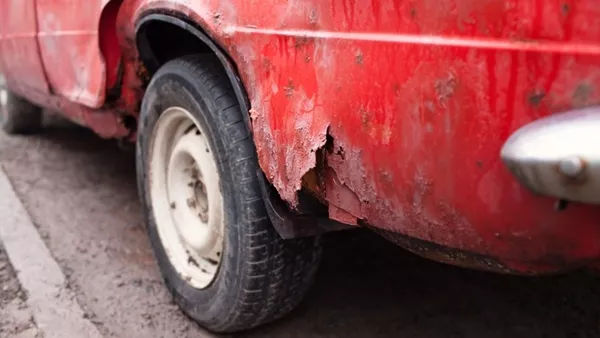
Try to avoid streets and paths that are prone to flooding
Once you’ve reached your destination, try to rinse the exterior of your vehicle with clean water at least just to wash off the rain. If you were headed for work and rinsing your vehicle is not possible, do it as soon as you get home.
Recent posts
- Safe driving: Headlight tips when it comes to rainy season Aug 16, 2022
- Car cleaning tips during rainy season Aug 17, 2022
- Prepare your ride for rainy season: 6 common car problems & tips to avoid Aug 16, 2022
- Is your car suspension ready for the rainy season in the Philippines? Sep 05, 2018
- Rainy Days and Car Paint: Good or Bad? Aug 25, 2018












